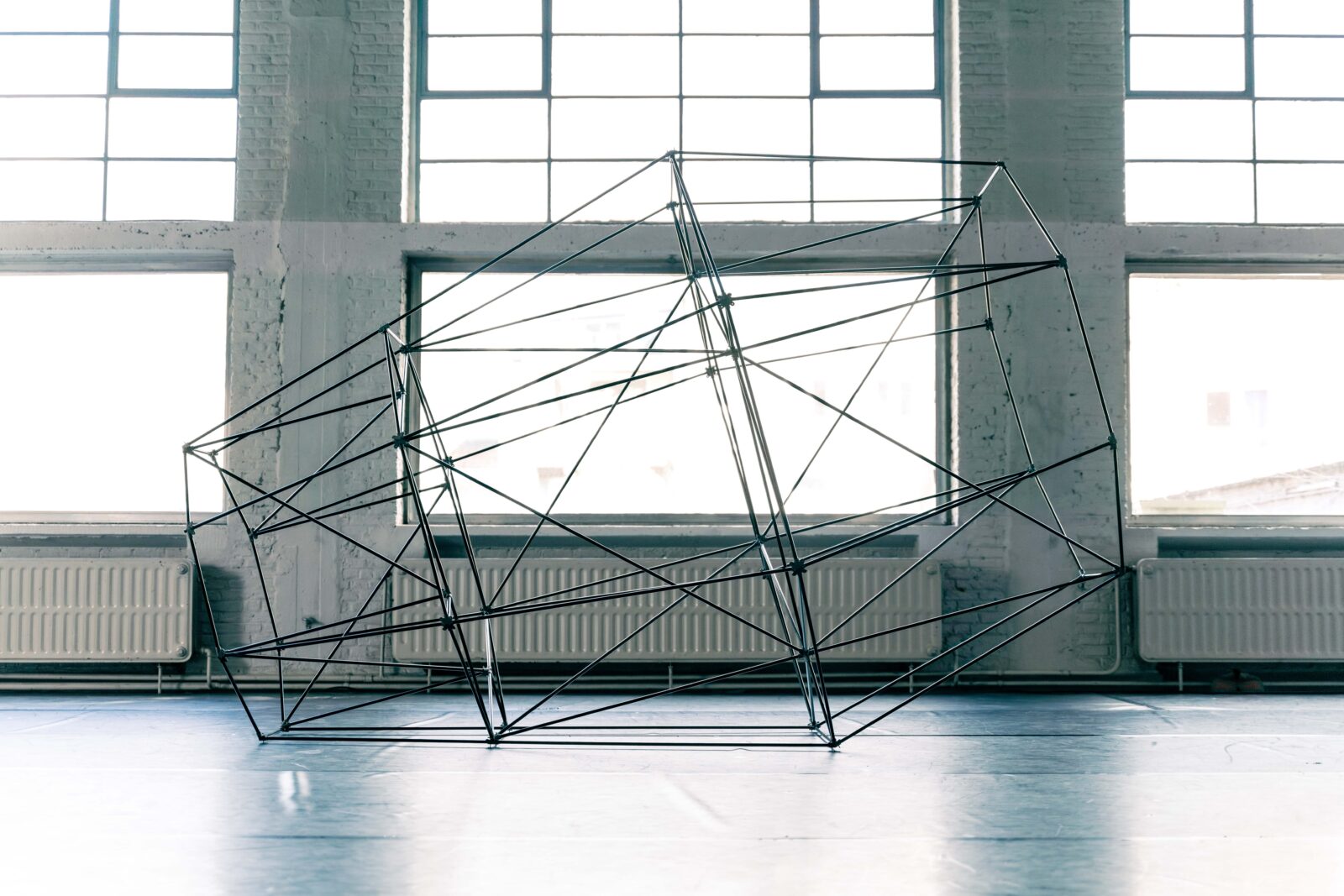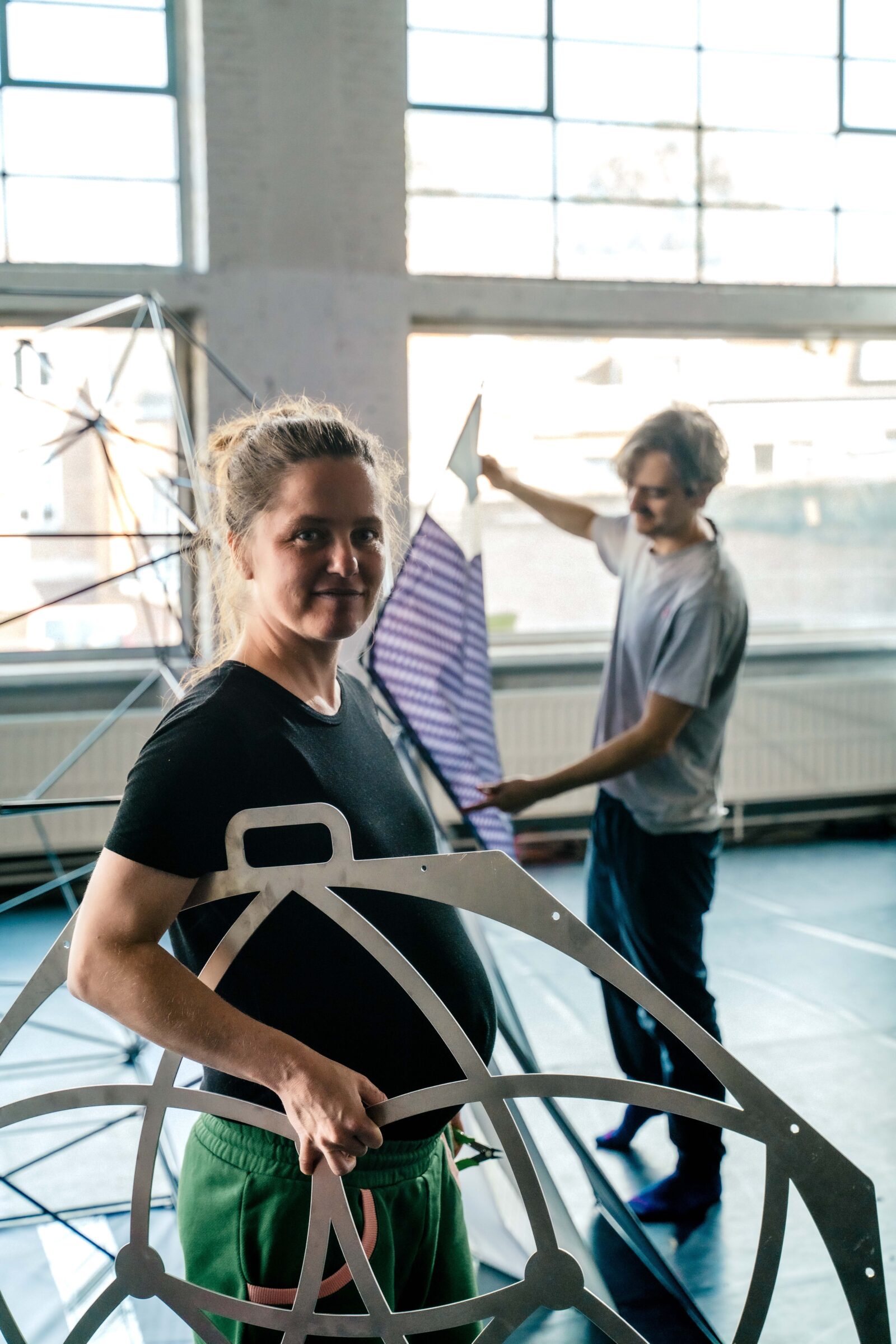
Chapter 4: Here and now
Did you enjoy the celebrations? Well, there’s more where that came from! Contemporary artist Elise Eeraerts enriches Bruges by bringing the best of the Belfry back to the city. Several monumental installations combine to form an interpretation of the last wooden spire, which adorned Bruges’s Belfry in the 15th century. It’s the first time that the folkloric tradition of the Pageant will be linked to contemporary art. The installation will continue to live and evolve alongside the Pageant, and thus be meaningful over the span of many years.

About the first spire
Around 1240, the merchant elite of Bruges erected the belfry in stone, with its spire in wood, as a symbol of urban pride. The clock tower rang out the rhythm of daily life in the city. The bruudclocke (bridal bell) resounded to announce weddings and the werc clocke (work bell) organised the rhythm of work in the city. The Belfry Tower housed the city aldermen as well as the armoury, treasury, and rich archives, including the town accounts. In 1280, the upper section burned down and the entire pre-1280 archive was lost, much to the frustration of many a historian.
About the second spire
The tower was repaired in the period from 1291 to 1296. An octagonal Gothic-style piece was built on top of that between 1483 and 1487. Atop the tower is a 19-metre-high wooden point with a statue of St Michael. This upper part was destroyed again by a lightning strike in 1493, along with the city carillon.
About the third spire
The wooden spire is then repaired once more, and the statue of St Michael is replaced by a rearing lion. However, the spire burned down again in 1741, accounting for another repair in 1753, but this time without a spire. The third time was the unlucky charm – instead of a spire, the tower received its current neo-Gothic crown finish in 1822.

